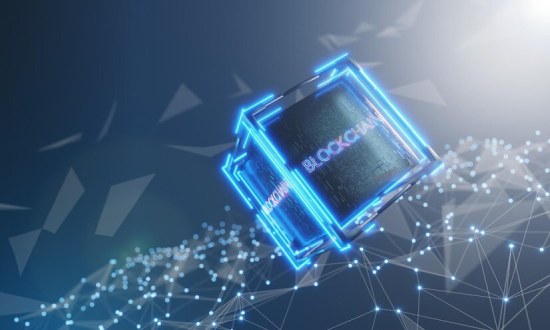Blockchain is a technically challenging technology and yet most popular. Nowadays, Blockchain became the most welcomed technology with the advent of the Industry era. Only the laziest ones do not have relevant knowledge about the paradigm of reliable business transactions. Users still have doubts about blockchain, therefore not everyone dares to use it.
Blockchain is initially designed for transferring cryptocurrency (bitcoin), but now blockchain is used for carrying data of all kinds. Blockchain is just a chain of blocks at its most basic level, which transfer something important. Without the risk of privacy breaches in the Financial Services industry, current applications range from cheaper and faster payments to storing patient’s encrypted health data and information.

Blockchain from a QA perspective
QA specialists treat Blockchain as a regular payment system, In 90% of its cases, mostly it only refers to the system that is used to complete financial transactions. For this reason, a QA must conduct validation of parameters and check whether transactions passed successfully and also should ensure the other requirements' correctness.
There are significant benefits of blockchain. it typically reduces settlement time and also transaction costs on one hand and the other, by eliminating the “third party” increases transparency and secures transaction ledger with transaction repudiation and no double-spending. But, of course, By a thorough cycle of testing the successful release of a product must be invariably preceded on the market.
Blockchain testing checklist:
Three critical points need to be checked for blockchain systems
a. Event sources (transactions),
b. Block sources (transaction committers),
c. Blocks committed transactions and block recipients (readers).
The most pressing technical issue is Bandwidth in distributed ledger technology.
1. Choose a better testing approach for testing a blockchain system
QA needs to choose a balanced combination of several methods and approaches, and different possibilities are offered by each method as follows
Now conducting non-functional and functional testing is the next step that can be taken in frames of any of the above approaches

Now conducting non-functional and functional testing is the next step that can be taken in frames of any of the above approaches
2. Functional Testing on systems of Blockchain
The major functionalities of blockchain implementation should match the use case requirements. Firstly, the critical things need to be check such as:
Interface validation
Wallet Integration validation
decentralized application (dapp) validation for business rules
dapp conduct cross-browser, workflow validation, and device testing.
Type of Functional Testing:
a. Smart contracts - Unit Testing
Unit Testing of smart contracts should also include token contracts through other contracts. TDD approach i.e Test-driven development approach using tools like Dapple /Truffle/ Populus /Embark should be included.
b. Integration testing
Various Faults are exposed mostly in the interaction between different integrated units. In the domain of digital currency platforms, exclusively Blockchain applications do not exist. They basically need integration with those systems that provide access to real-world events and data like smart contracts.
c. API testing
Dapp API calls for interfacing application integration as well as it calls internal smart contract methods.
3. Non-Functional Testing of Blockchain systems
Security testing and performance testing includes in Non-Functional Testing (e.g performance validation on pumping large volume transaction into the blockchain network, wallet signature and secured blockchain access).
Non-Functional Testing types:
a. Security Testing
We suggest imitating the thinking of an intruder and placing QA engineers in the shoes of potential Cybercriminals to ensure security. For this suggestion, deliberate attacks on systems will come in handy.
b. Performance/Load Testing
In blockchain testing, Performance testing is critically essential for an application being made ready to be deployed to production and as well as for the number of transactions being tested for the performance of a block. To check- how a system performs in terms of stability and responsiveness under a particular workload is mandatory in Blockchain testing.
c. User-interface (UI) testing
As much as the QA point of view is significant, similarly, a developer’s point of view should also be taken into consideration in terms of available documentation and modifiability. Moreover, Sometimes the end-user perspective can be neglected as they do not interact directly with the blockchain. Things that need a must check:
Validation of UI aspects like logo, color, labels, and resolution.
Validation of navigability aspects
Therefore, we must fulfill all the quality criteria above and also the blockchain software must serve as a reliable source of data depending on the use case.

Our Offices
INDIA
Emaar Digital Greens, Sector 61,
Gurugram, Haryana
122011.
Welldone Tech Park,
Sector 48, Sohna road,
Gurugram, Haryana
122018.












June 12, 2025 at 04:43 pm
Your comment is awaiting moderation.